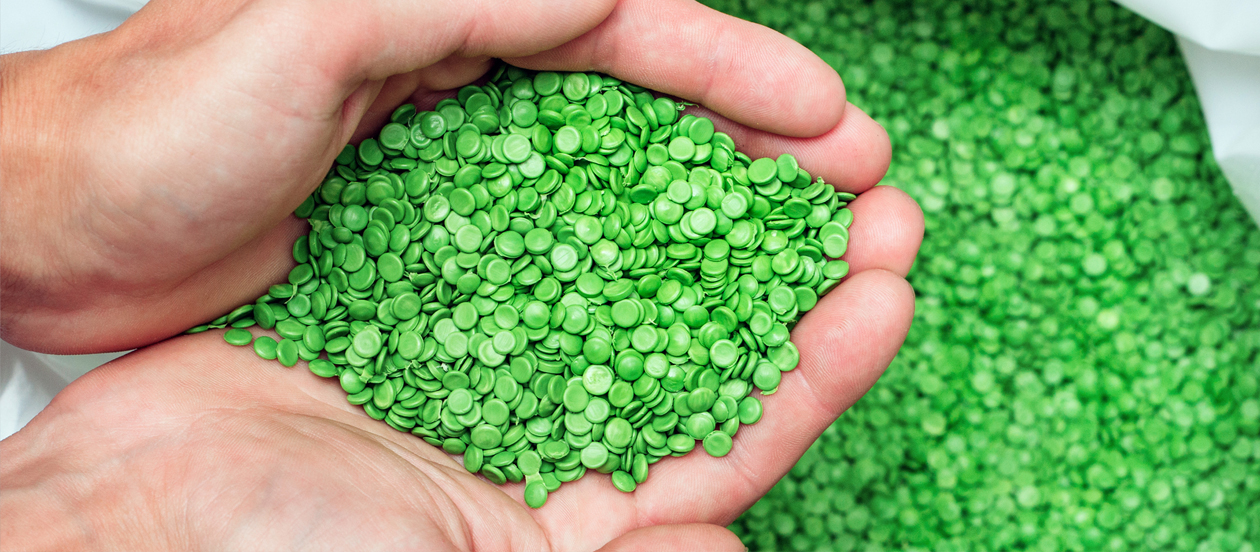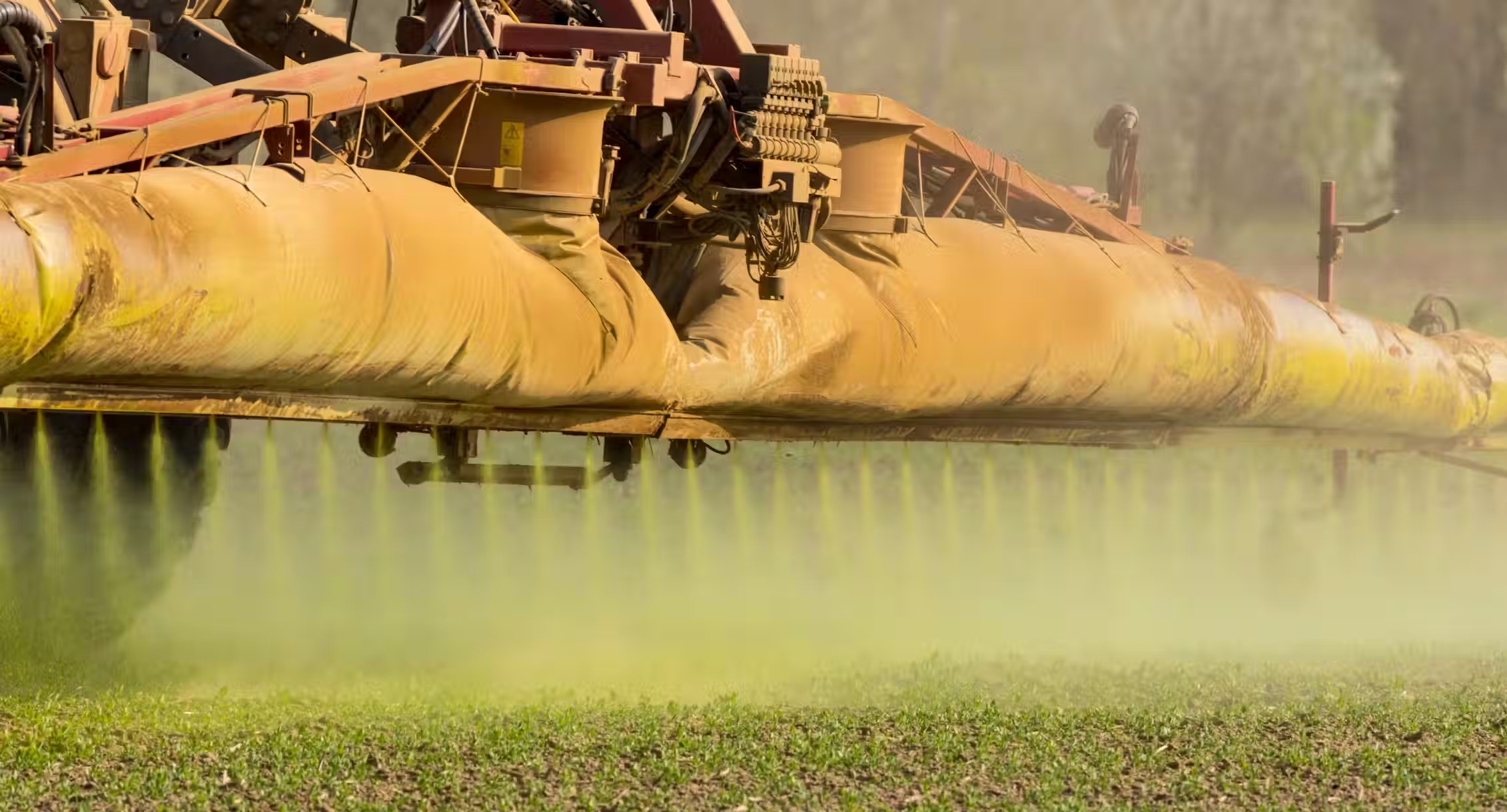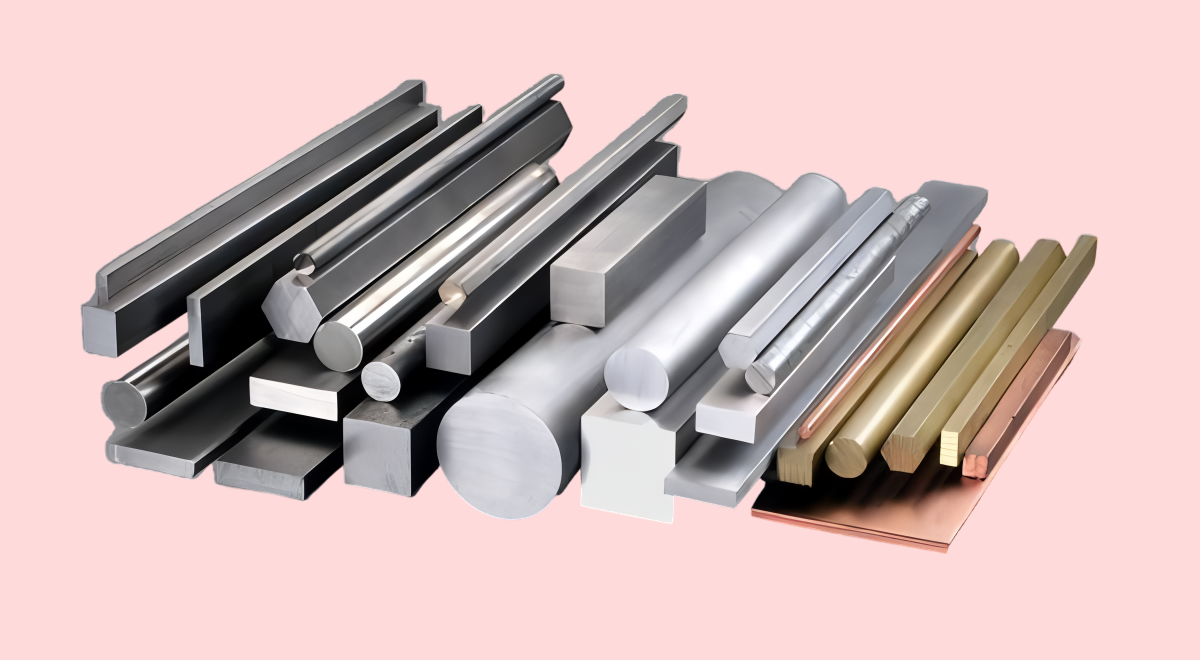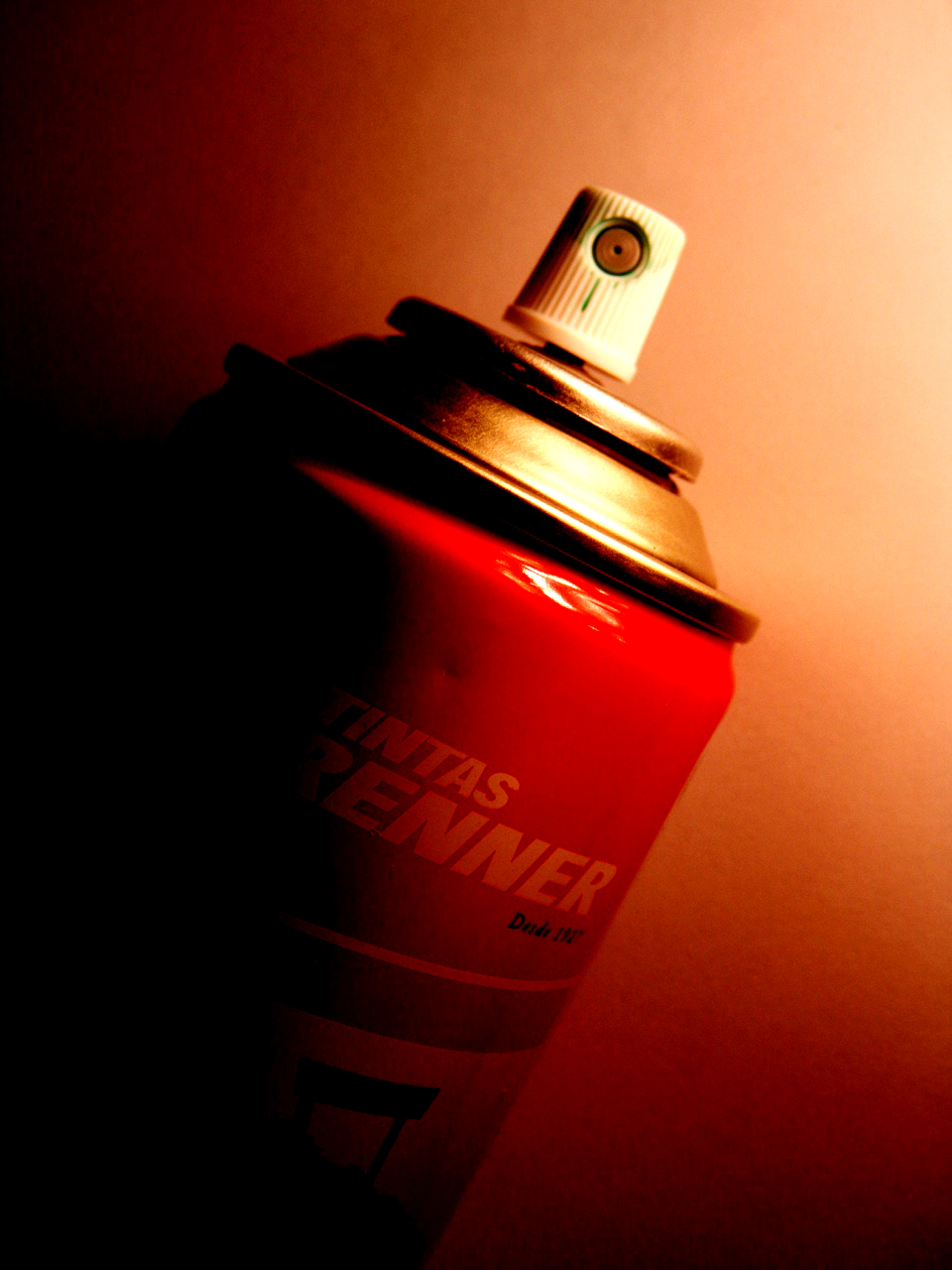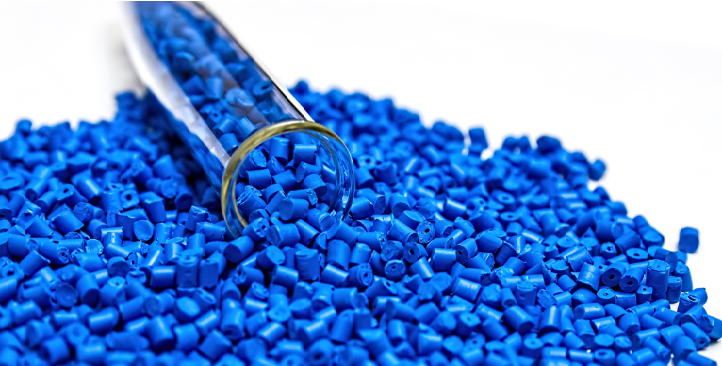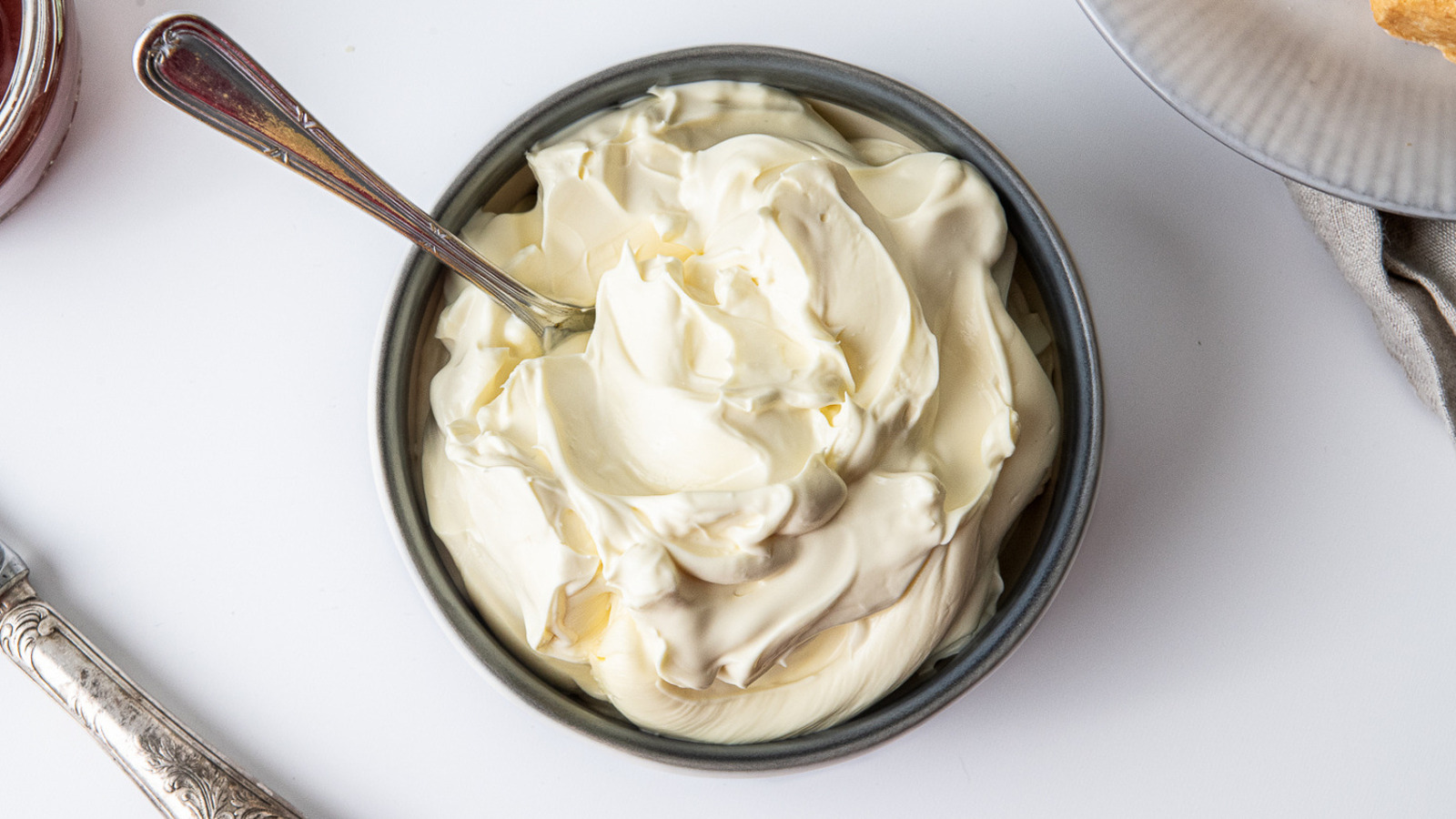Ultrafine powder mill for coatings and pigments
Optimize your ultra-fine powder production with this precise grinding and classification system, ideal for achieving high-quality pigments and fillers with consistent particle sizes, ensuring superior performance in coatings and adhesive formulations.

Grinds and Classifies Ultra-Fine Powders
The Raymond Ultrafine Mill from Schenck Process is a state-of-the-art vertical ring-roll mill designed for ultra-fine powder processing. Utilizing a compact air-swept design with integral classification, it excels in grinding and classifying powders for diverse applications, including coatings, pigments, and catalysts. A unique feature of this mill is its ability to achieve particle sizes as fine as 50% passing 2 microns, utilizing centrifugal force to drive rolls against a grinding ring. This results in efficient ultra-fine grinding with minimal energy consumption. The mill is versatile, handling various materials such as titanium dioxide, calcium carbonate, and bioplastics, making it essential for industries including chemicals, coatings, and infrastructure. It integrates seamlessly into continuous, high-speed operations, supported by PLC-controlled automation for optimal process control and remote monitoring. Built with quality materials for durability, it offers optional configurations to enhance corrosion resistance and performance based on specific processing needs.
Benefits
- Achieves ultra-fine particle size for enhanced product quality in coatings and pigments.
- Lowers operational costs with energy-efficient grinding and classification.
- Minimizes maintenance downtime with a compact, integrated design.
- Offers process flexibility with adjustable grinding elements for diverse applications.
- Seamlessly integrates into automated production lines for continuous high-speed operations.
- Applications
- Chemicals, Sealants, Colorants, Bioplastics, Paint, Compounds, Agrichemicals, Metals, Coatings, Polyolefins, Additives, Adhesives, Fillers, Pigments, Masterbatch, Catalysts, Fertilizers, Cement
- End products
- Barium sulfate, Polyethylene pellets, Titanium dioxide, Portland cement, Ammonium nitrate, Polypropylene compounds, Acrylic adhesive, Epoxy sealant, Iron oxide pigments, Biodegradable plastic pellets, Calcium carbonate
- Steps before
- Grinding, Material Feeding, Weighing
- Steps after
- Classification, Dust Collection, Product Packaging
- Input ingredients
- feed material
- Output ingredients
- ultra fine powders, coatings, fillers, pigments
- Market info
- Schenck Process is known for its expertise in material handling, weighing, feeding, and automation solutions. The company has a strong reputation for delivering high-quality engineered-to-order equipment for diverse industries, backed by innovative technology and customer-centric service.
- Product Fineness
- 50% passing 2 microns
- Product Coarseness
- 50% passing 20 microns
- Mill Type
- Air-swept vertical ring-roll
- Classification
- Integral turbine classifier
- Specific Energy Consumption
- Low
- Classifier Speed
- Low
- Flexible Grinding Element Arrangement
- Yes
- Investment Cost
- Low
- Working Mechanism
- Vertical ring-roll with integral classification
- Integrated Steps
- Grinding, Classification, Collection
- Batch vs. Continuous Operation
- Continuous
- Automation Level
- Integrated with PLC/SCADA
- Centrifugal Force Utilization
- High
- Energy Efficiency
- Low specific energy consumption
- Material Distribution Method
- Centrifugal Force, Gravity
- Classifier Speed
- Low
- Density/particle size
- 0.5–2.5 g/cm³ / 50–1000 µm
- Machine Footprint
- Compact
- Mill Size
- Air-swept vertical ring-roll
- Feed Method
- Gravity-fed
- Discharge Method
- Centrifugal force to gas stream
- Grinding Zones
- Multiple concave zones
- Roll Assembly
- Convex rolls
- Classification System
- Turbine classifier
- Grinding element arrangement
- Flexible
- Classifier speed
- Low
- Product fineness
- 50% passing 2 microns to 20 microns


